#ShikakuOfTheDay
#EASY250620 ⏱️ 00:14.02
#MEDIUM250620 ⏱️ 01:11.37
https://shikakuofthe.day/
I remember seeing this on early cable TV and thinking, what an odd movie. I'll have to watch it again here...
scritches
🤎🤎🤎
Awww, and here I thought only my family uses that word.
My trs-80 model 3 has entered the chat
#ShikakuOfTheDay
#EASY250614 ⏱️ 00:15.44
#MEDIUM250614 ⏱️ 01:54.10
https://shikakuofthe.dayday/
Thank you squirrel and everyone. Love the games and our chats.
Keep on GIFin’ — A New Version of GifCities, Internet Archive’s GeoCities Animated GIF Search Engine
Me rn:

Yeah.I just realized I was in the DuckDuckGo browser, which doesn't have extensions. I'll have to figure out what to do on that...
First 100.
[Bracket City]
June 12, 2025
https://www.theatlantic.com/games/bracket-city/
Rank: 👑 (Kingmaker)
❌ Wrong guesses: 0
Total Score: 100.0
🟩🟩🟩🟩🟩🟩🟩🟩🟩🟩
Neat article but why does that site hate us so much?
IIRC
Hahaha
view more: next ›
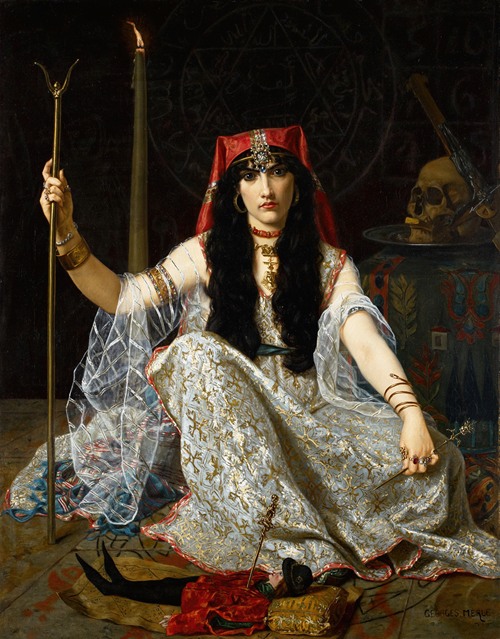
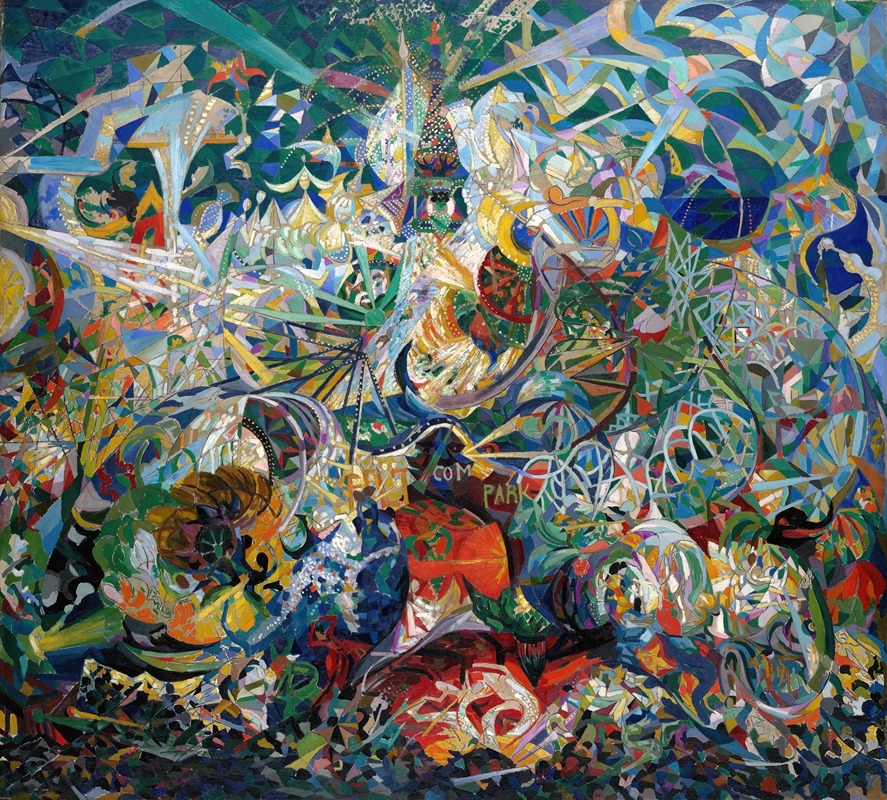
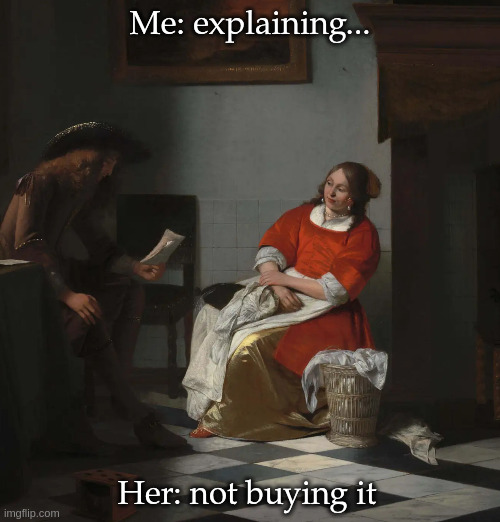
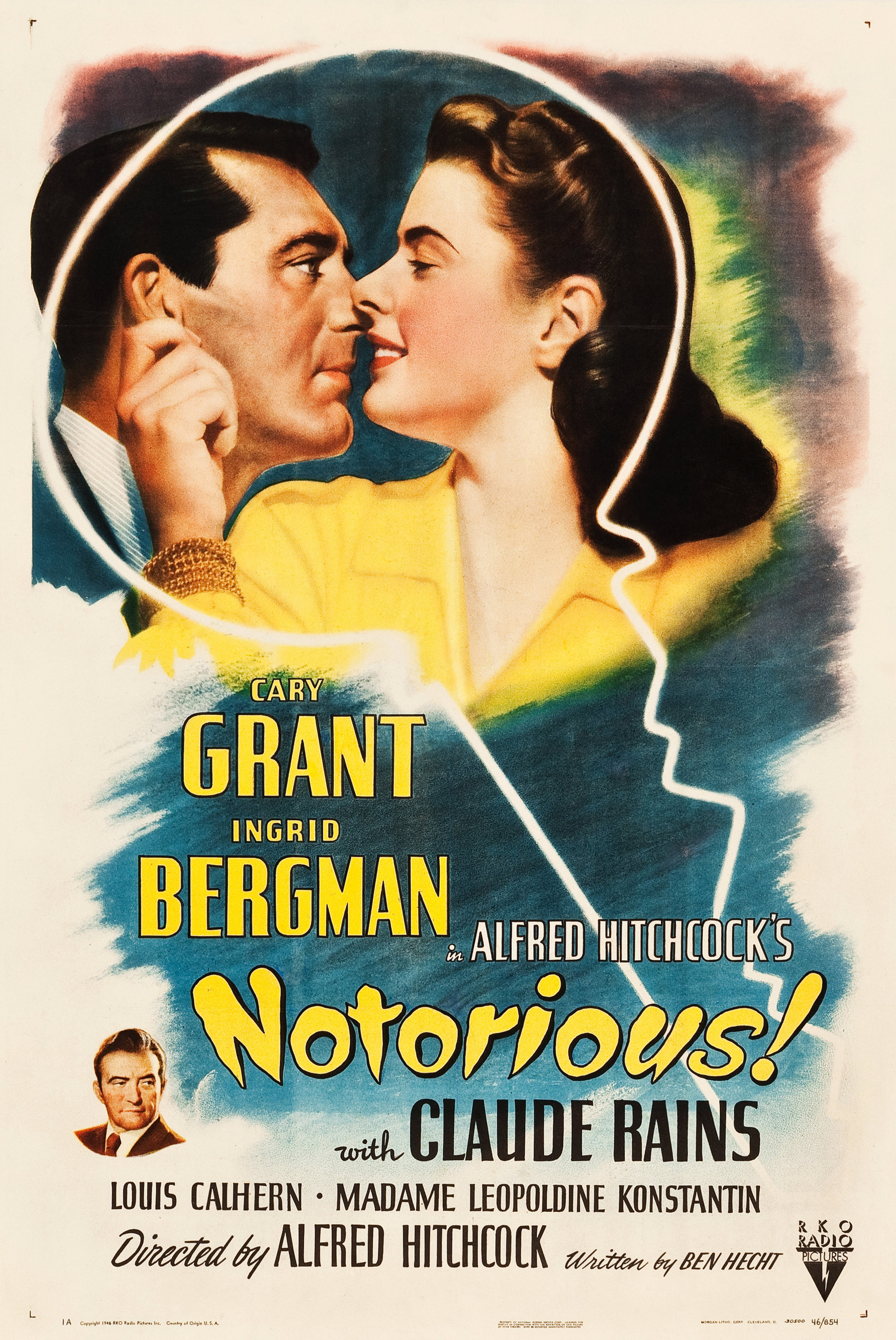


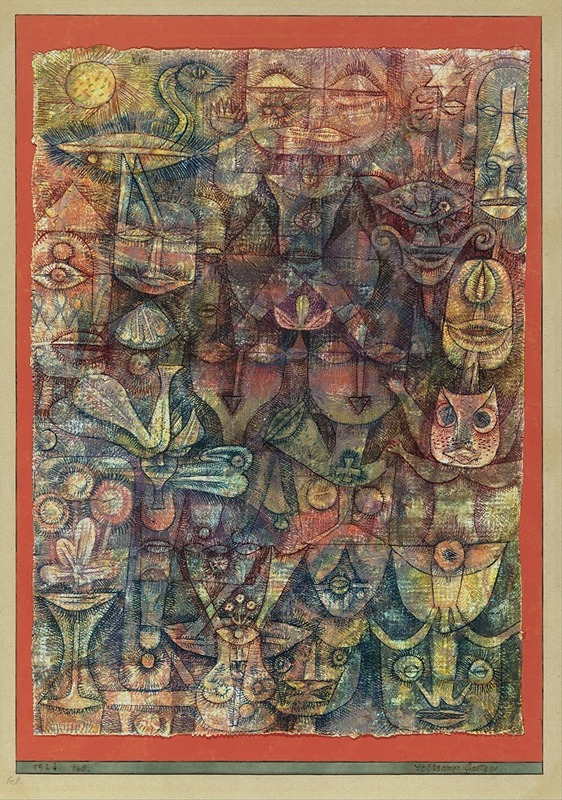
I don't know, I agree with these points and I see them occurring in all generations in my life. You don't?